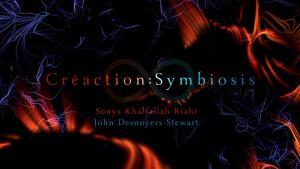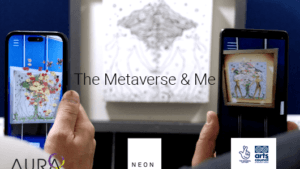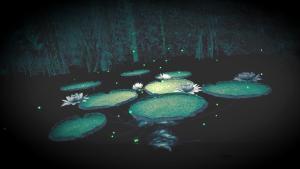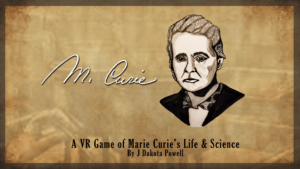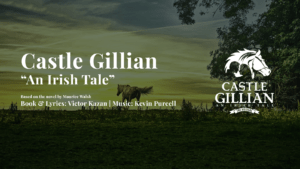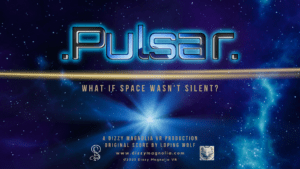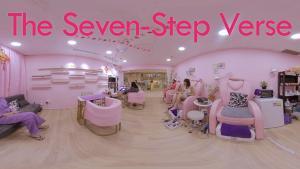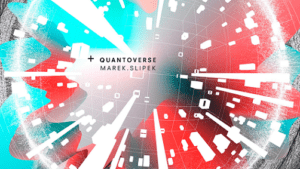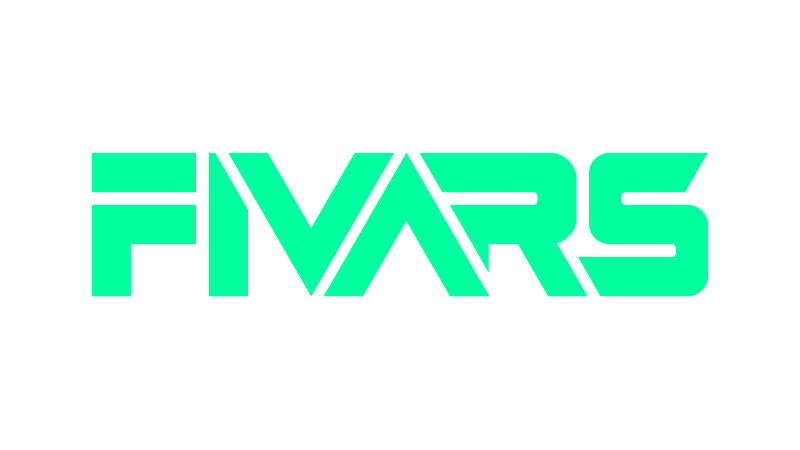
FIVARS 2022 Spotlight: Ion
 Ion describes the processing procedure of a digital machine condensed into rhythmic patterns. FIVARS had a chance to speak with director Marek Slipek.
Ion describes the processing procedure of a digital machine condensed into rhythmic patterns. FIVARS had a chance to speak with director Marek Slipek.
What lead to the creation of this piece?
The overall theme was to visualize in an imaginable way the inner life of a digital machine with bits and bytes, calculations and check routines. For that reason I created an immersive space within a black universe like a dramatic theatre stage, where the elements itself define the geometry of the room. I wanted the spectator to actually feel the size of the room with a minimum of elements. I chose very basic elements – mostly lines and an additional point plane. It is a classic design approach of less is more in a 3D space, which allowed me to focus and work on the additional sound as an important part of the artwork.
What was the production process for you and your team? What did you learn?
The production goal was to do the generative calculations completely in 3D space this time – which was quite challenging. If you don’t use a classic 3D program with its routines to export the scenery into an immersive format, you probably have to do it on your own, if there is no library that fits. So I had to learn a lot about geometry calculation and conversion methods to wrap my head around the mathematical concepts behind virtual reality and domes. Even if I used a mixed method in the end, it was quite helpful to understand what is going under the hood. This helped me a lot to build up workarounds. The other thing I learned is that working in 3D is working like an architect, which I didn’t realized beforehand – I thought I was designing. But suddenly I remembered that architecture is a thing I really like.
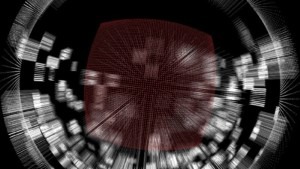
How did you become an immersive media content creator and why?
Several years ago I joined a project group at our faculty of design in Mannheim, Germany, where I teach myself creative coding and generative design. This project group worked together with the planetarium in Mannheim to get to know the design possibilities in a dome. In my case, it turned out generative design is a really economic way of producing dome content in a comparatively short time. I already had a long term experience in electronic music production, which is always a big help when it comes to the soundtrack of a film. I am constantly experimenting with new technologies, which is why VR and AR fascinates me.
What is the VR/AR industry like in your region?
The are a lot of planetariums in Germany and Europe that create great content. Some of them focus additionally on festivals and VR/AR like Jena in Germany or The Market Hall in Plymouth, UK, which is great.
What do you have planned for the future?
I have to take one step at a time. This time I managed to produce completely in 3D – I still plan to to create spatial sound for domes as a possible next step.
What would you like to share with fellow content creators and/or the industry?
There is more than one way to create content for VR/AR and it is exciting to see how creatives use new solutions and tools to achieve their artistic goals. Keep on experimenting and sharing!
Do you think VR festivals like FIVARS are important?
Festivals like FIVARS are important because they are platforms where artists can see and share their ideas. Together they push technological boundaries in an exciting new media format, which will transform our habits in using media once again!
Anything else you’d like to add?
I am very exited to be part of the FIVARS Festival. Thank you very much!

